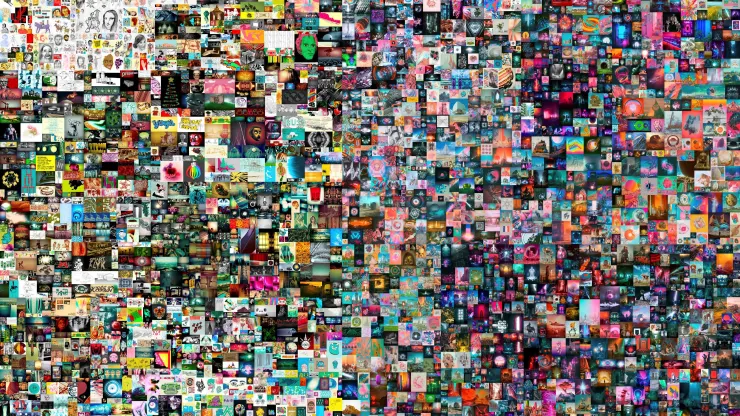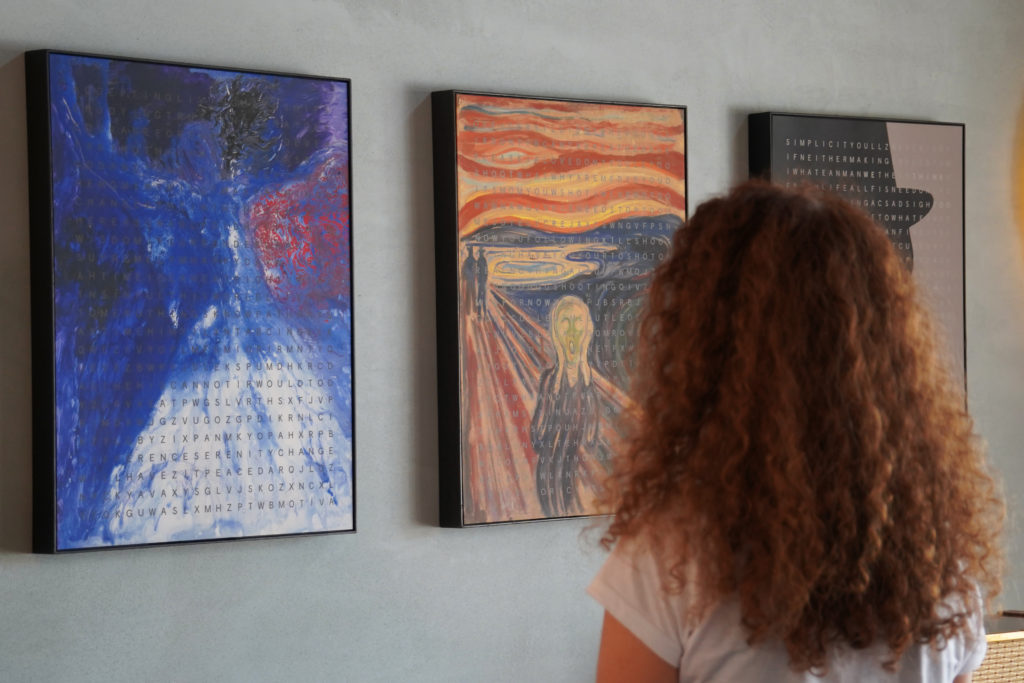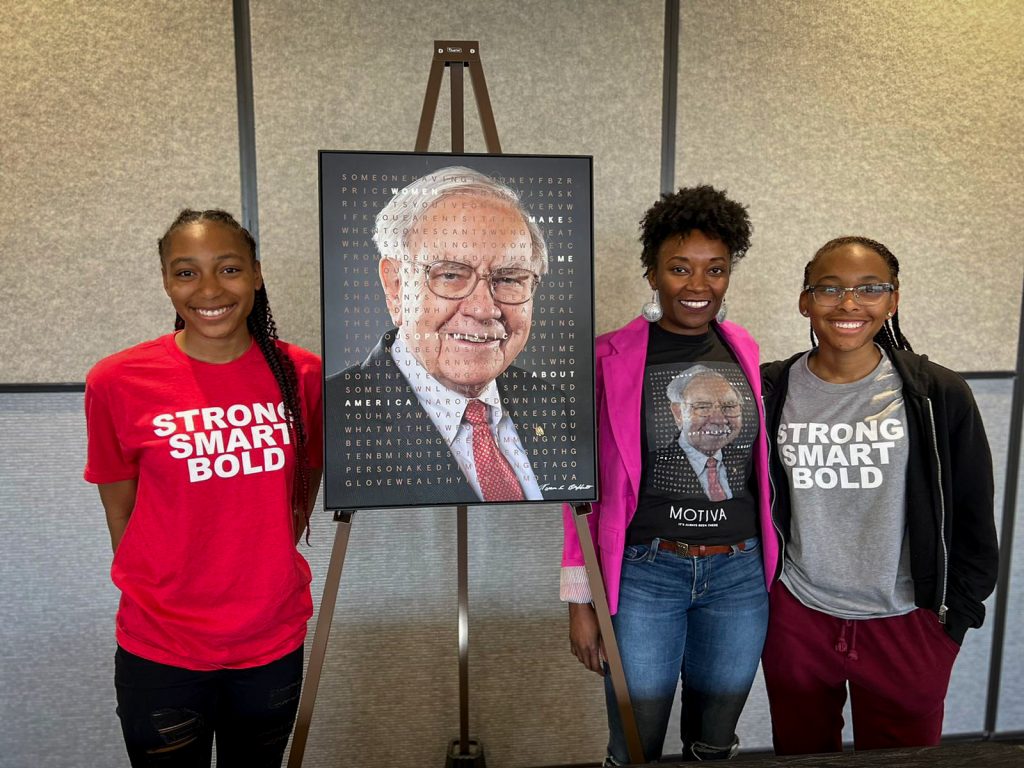“There will be a day where you have your car but you’ll also have the NFT version of your car.”
-Tom Bilyeu
Once upon a time, art was confined to the walls of galleries and museums, its value determined by wealthy collectors and auction houses. But with the advent of NFTs or Non-Fungible Tokens, the art world is undergoing a revolution.
NFTs are revolutionizing how artists and brands share their work. It has opened up a new realm of creative expression and digital ownership. With NFTs, art can now be bought and sold as unique, one-of-a-kind assets.
In this post, we dive into the fascinating world of NFTs and how they are changing the face of contemporary art as we know it.
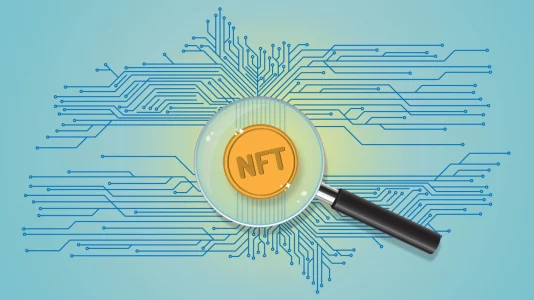
Image Credits: mustafahacalaki, Getty Images
What are NFTs?
You’ve probably heard of crypto assets. Well, a new kid on the block has been making waves in the art world: NFTs or Non-Fungible Tokens. NFTs are unique digital assets representing ownership of something special and exclusive, like a work of art, a collectible item, a sound file, or a GIF.
Each NFT holds a bundle of information that links to the one-of-a-kind digital asset. It is stored on a blockchain- a digital database that often serves as a decentralized public ledger while it keeps track of transactions in a thread of data blocks. It also establishes a transparent proof of ownership on the blockchain network. This enables anyone at any time to trace who owns a particular digital asset.
So what makes NFTs so special? Unlike Bitcoin and other cryptocurrencies that are interchangeable, NFTs aren’t all equally exchangeable. They are unique and non-fungible. Let’s say when you have a bitcoin, it is equal to every other bitcoin in existence. That is called fungibility. But one NFT isn’t equal to any other NFT.
NFTs are connected to specific assets. If one NFT is connected to a GIF of a rabbit and the other is connected to a song about a rabbit, these are not the same thing. NFTs are irreplaceable and hold a value that can’t be duplicated.
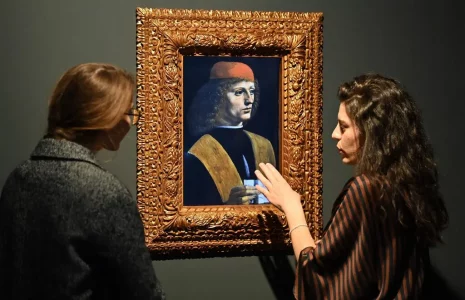
A digital replica of Leonardo da Vinci’s “Portrait of a Musician,” in Unit’s “Eternalizing Art History” exhibition
A Shift in Art Sales and Pricing
For decades, the art world has followed a well-defined path – artists create their works, galleries showcase and sell them, and then they make their way to museums, collectors, and the secondary market centered around auction houses. But the game has changed with the advent of NFTs and their marketplaces.
NFTs are shaking up the art world in two major ways: how artists sell their work and how prices are set. NFTs enable artists to sell directly to buyers through platforms such as OpenSea and Foundation, and, in some cases, include clauses for the artist to receive a royalty on each subsequent transaction. Artists can sell their NFTs for any price they want, and it is up to buyers to decide if they are worth the asking price.
NFTs have already made headlines with record-breaking sales, including the $69 million sale of the digital collage Everydays: The First 5,000 Days by the artist Beeple. The volume of NFT commerce is also impressive, with many big NFT exchanges such as OpenSea honoring artist royalty clauses.
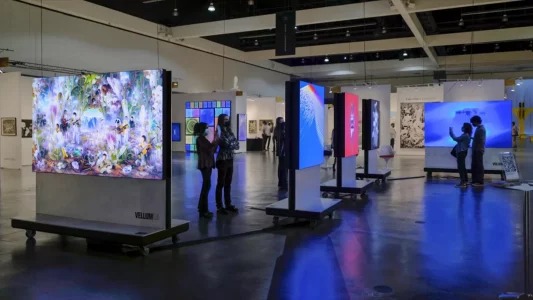
Installation view of “Sea Change,” at Vellum LA, 2021. Courtesy of Vellum LA, LA SuperRare, NY.
A Fresh Generation of Art Collectors and Investors
The increased accessibility and liquidity have resulted in more buyers and sellers, both within and outside of the traditional art world, participating in transactions across multiple platforms. While this new global market has been attracting a new set of buyers, it has also brought in a new generation of collectors and investors.
The traditional art market has always been seen as an exclusive club, reserved for only the most affluent and well-connected individuals. However, with the introduction of NFTs, the playing field has been leveled, allowing anyone with an internet connection to participate in the digital art market.
The younger, tech-savvy generation is taking advantage of this opportunity, bringing a fresh perspective and a new level of excitement to the art world. This new generation of buyers comprises of individuals who are familiar with digital technologies and understand the value of owning a unique digital asset.
NFTs have also attracted a new breed of investors who are looking for alternative investments that are not tied to traditional financial markets. The increased value of digital art, combined with its scarcity and uniqueness, has made it a compelling investment opportunity for those looking for a way to escape the volatile stock market.
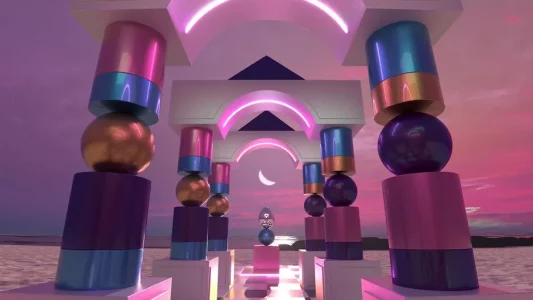
Pilar Zeta, detail of Hall of Visions Aorist NFT, 2021.
Breaking Down Artistic Barriers
The rise of Non-Fungible Tokens is making them accessible to anyone with an internet connection. This has resulted in a new batch of blue-chip artists, including teenagers, who are seeing their artwork gain significant value and recognition.
The launch of the BrasilNFT Artes Originárias gallery has brought attention to indigenous artists, who are often marginalized in traditional art communities. This platform is the first NFT platform aimed at promoting and selling the work of indigenous artists, providing them with a new outlet for their creativity and a means to reach a wider audience.
Social media platforms like Twitter have become a hotbed for discussion and debate about NFTs and crypto-art. This lively conversation is fueling new ideas and approaches to using NFTs, making the world of art more inclusive and accessible for everyone.
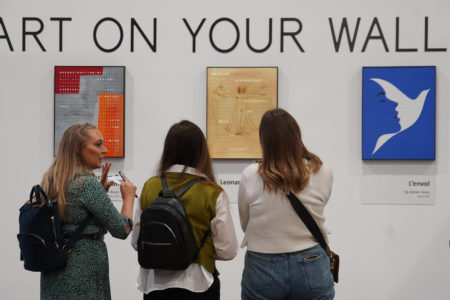
Motiva exhibited at Design London 2022
Is Motiva an NFT?
Motiva was initially conceived as a pure digital concept- developed for the computer screen as a digital display. But eventually, Motiva was re-envisioned into a tangible piece of art- that hangs on your wall, printed on paper and frame.
Turning Motiva into a physical reality was a greater challenge than we could have ever imagined. Major efforts were invested in concealing the various technological components that make up Motiva in order to uphold the look of traditional art and a minimalist design.
So, the question is does Motiva consider delving into this massive sea of cryptocurrencies and NFTs? The answer is not yet.
Motiva is viewed and understood as a new kind of visual art that upholds the look of traditional art while concealing its technological aspects. While NFTs seem like a hot topic in the art industry today, Motiva intends to adhere to its original idea while exploring the current possibilities that the art industry has to offer.
Although Motiva is not currently an NFT but might consider delving into digital concepts like NFTs, and CryptoArt in the future.
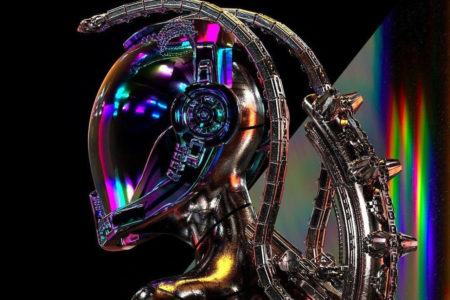
Superchief Opens First NFT Art Gallery in New York
The Takeaway
Thanks to blockchain technology, the once intangible world of digital art have become a new frontier for collectors and artists alike, where imagination knows no bounds and the potential for wealth knows no limits.
Having said all of that, the democratization of the art marketplace is a double-edged sword. On one hand, it allows more artists to sell their work and receive recognition and compensation. On the other hand, it also means that it’s more important than ever to be careful and informed before getting involved in NFT transactions.

